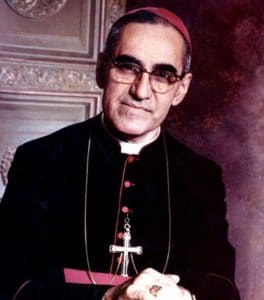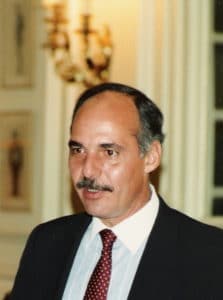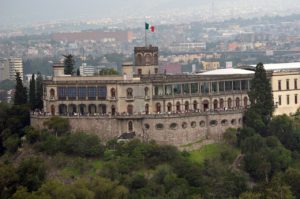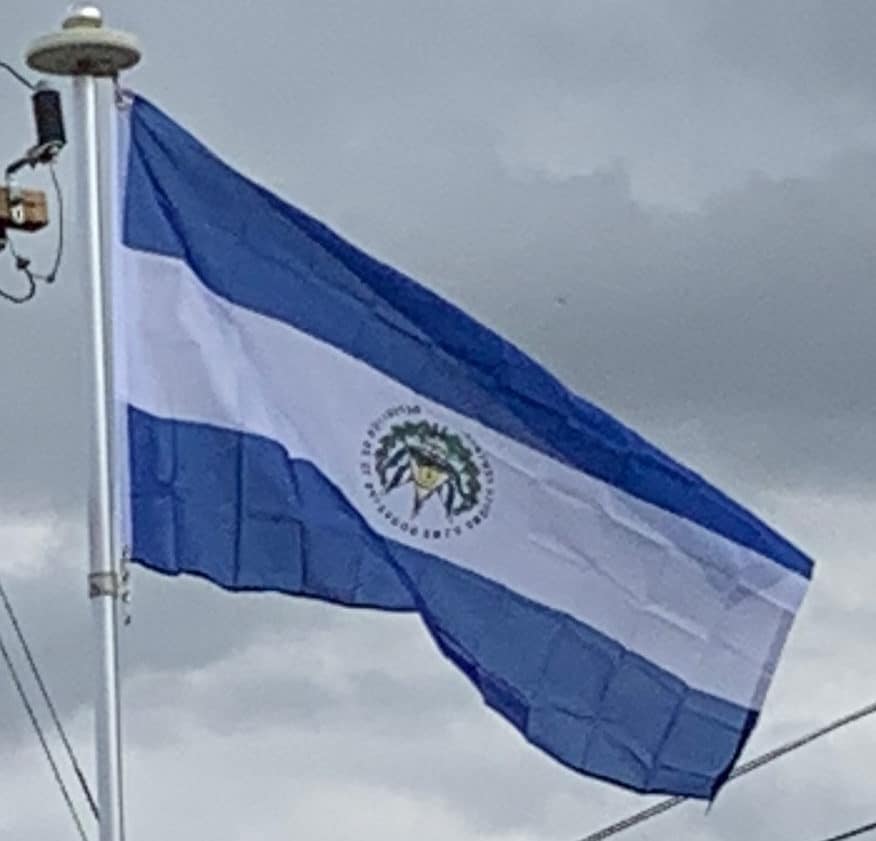The U.S. supported and financed the creation of a second junta to change the political environment and stop the spread of a leftist insurrection. Napoleón Duarte was recalled from his exile in Venezuela to head this new junta. However, a revolution was already underway and his new role as head of the junta was seen by the general population as opportunistic. He was unable to influence the outcome of the insurrection.

Óscar Romero, Archbishop of San Salvador, denounced injustices and massacres committed against civilians by government forces. He was considered “the voice of the voiceless”, but he was assassinated by a death squad while saying Mass on 24 March 1980. Some consider this to be the beginning of the full Salvadoran Civil War, which lasted from 1980 to 1992. An unknown number of people “disappeared” during the conflict, and the UN reports that more than 75,000 were killed. The Salvadoran Army’s US-trained Atlacatl Battalion was responsible for the El Mozote massacre where more than 800 civilians were murdered, over half of them children, the El Calabozo massacre, and the murder of UCA scholars.

On January 16, 1992, the government of El Salvador, represented by president Alfredo Cristiani, and the FMLN, represented by the commanders of the five guerrilla groups – Shafik Handal, Joaquín Villalobos, Salvador Sánchez Cerén, Francisco Jovel and Eduardo Sancho, all signed peace agreements brokered by the United Nations ending the 12-year civil war. This event, held at Chapultepec Castle in Mexico, was attended by U.N. dignitaries and other representatives of the international community. After signing the armistice, the president stood up and shook hands with all the now ex-guerrilla commanders, an action which was widely admired.
Post-War (1992–Present):
The so-called Chapultepec Peace Accords mandated reductions in the size of the army, and the dissolution of the National Police, the Treasury Police, the National Guard and the Civilian Defense, a paramilitary group. A new Civil Police was to be organized. Judicial immunity for crimes committed by the armed forces ended; the government agreed to submit to the recommendations of a Commission on the Truth for El Salvador (Comisión de la Verdad Para El Salvador), which would “investigate serious acts of violence occurring since 1980, and the nature and effects of the violence, and…recommend methods of promoting national reconciliation.” In 1993 the Commission delivered its findings reporting human rights violations on both sides of the conflict. Five days later the El Salvadoran legislature passed an amnesty law for all acts of violence during the period.

From 1989 until 2004, Salvadorans favored the Nationalist Republican Alliance (ARENA) party, voting in ARENA presidents in every election (Alfredo Cristiani, Armando Calderón Sol, Francisco Flores Pérez, Antonio Saca) until 2009, when Mauricio Funes was elected president from the Farabundo Martí National Liberation Front (FMLN) party.
Economic reforms since the early 1990s brought major benefits in terms of improved social conditions, diversification of the export sector, and access to international financial markets at investment grade level. Crime remains a major problem for the investment climate.
